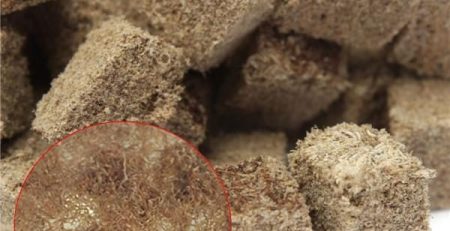24Mar
The difference between blackworms and bloodworms
Blackworms and bloodworms are both types of aquatic worms that are commonly used as live food for fish and other aquatic animals. While they may appear similar at first glance, there are some notable differences between the two:
- Appearance: Blackworms are typically dark brown or black in color, and can range in size from a few millimeters to several centimeters in length. Bloodworms, on the other hand, are bright red in color and are generally smaller than blackworms, usually ranging from 1-2 cm in length.
- Habitat: Blackworms are typically found in freshwater habitats such as ponds, lakes, and streams, while bloodworms are usually found in brackish water, such as estuaries and salt marshes.
- Feeding habits: Blackworms are primarily detritivores, meaning they feed on decaying organic matter in the water. Bloodworms, on the other hand, are carnivores and feed on small aquatic invertebrates such as mosquito larvae and other small worms.
- Nutritional value: Both blackworms and bloodworms are high in protein and are a good source of nutrition for fish and other aquatic animals. However, bloodworms are generally considered to be more nutritious than blackworms, as they contain higher levels of essential amino acids and other nutrients.
Overall, while both blackworms and bloodworms are popular choices for live food for fish and other aquatic animals, they differ in their appearance, habitat, feeding habits, and nutritional value.


